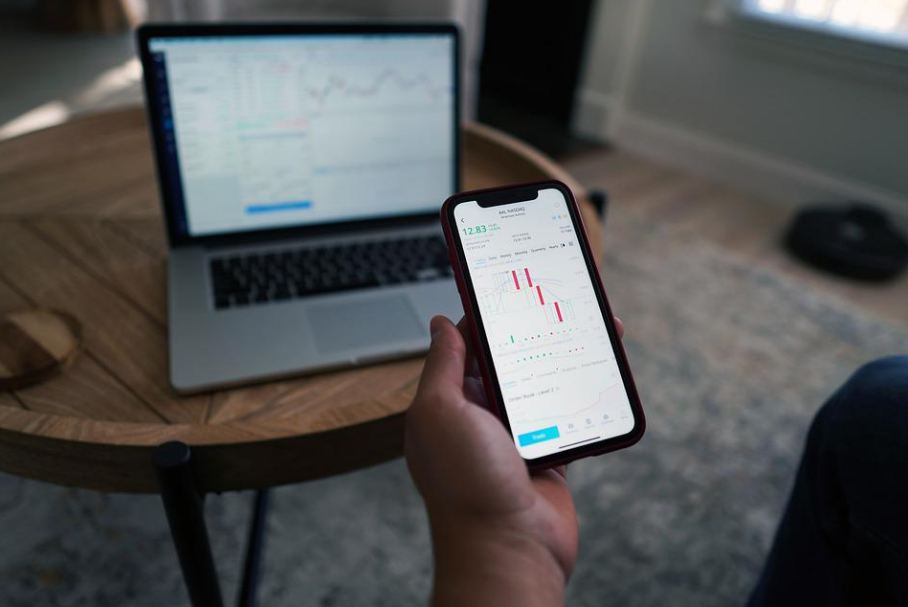A Short Guide to Online Trading Account

As you are probably aware, a Demat account is essential for holding your securities. But there is a difference in wording. While a Demat account allows one to hold one’s securities, it does not allow one to ‘transact,’ that is, buy or sell securities. You’ll need to open a trading account for that.
In this article, you will learn how to create a trading account if you are a beginner, what a trading account is and the different types of trading accounts. So, let’s get started and first understand how you can create a trading account.
How Do I Create a Trading Account?
To invest in securities, you must have a trading and a Demat account.
To open a trading account, follow the steps below:
Step 1: One must choose a broker based on your investment needs. Ensure that the broker responds to requests within the timeframes specified. When dealing with the stock market, time is of the essence. The platform should have a smooth and intuitive user interface to make the process easier and save time.
Step 2: One must comprehend and compare brokerage rates. A processing fee is charged differently by each broker or brokerage firm. Before deciding on a broker, you should inquire about their account opening procedure and fee.
Step 3: Either online or offline, you must complete a Demat account opening form and a Know Your Client (KYC) form.
Step 4: The information entered into your forms will be validated by phone or in person.
Step 5: After one has completed all of the documentation procedures, they will get the details of their trading account. You are now ready to conduct stock market trades.
The Fundamentals of a Trading Account
In the same way, as other brokerage accounts can, a trading account can also hold securities, cash, and other investment instruments. The term can refer to accounts, including tax-deferred retirement accounts. What is a trading account??
A trading account, on the other hand, is distinguished from other investment accounts by the level of activity, the purpose of that activity, and the risk it entails. Day trading is typically the activity in a trading account. The Financial Industry Regulatory Authority (FINRA) defines a day trade as the purchase and sale of a security in a margin account on the same day.
Brokers can also be identified as pattern day traders by brokerage firms based on previous business or another reasonable conclusion. Clients can open cash or margin accounts with these firms, but day traders typically choose margin for their trading accounts. FINRA imposes special margin requirements on investors who are considered pattern day traders.
Trading Account Types
You can choose between the two types of trading accounts listed below.
A standard trading account for securities:
A standard trading account meets all of your investment needs. You can trade equity (both intraday and delivery), futures and options (F&O), Exchange-Traded funds (ETFs), mutual funds, and currency futures. Short-term traders can use a standard trading account to invest their money frequently.
A commodity trading account consists of If you want to trade commodities like gold, silver, copper, and crude oil, you’ll need a Commodity Trading Account. This process requires you to open a trading account with a commodities broker.
A commodities broker is either an individual or a brokerage firm. You can use your commodity trading account to trade commodity futures. As a result, you do not need to connect it to your Demat account.
However, note that you can only open one trading account with a broker. As a result, if you require multiple trading accounts, you must open them with separate brokers.